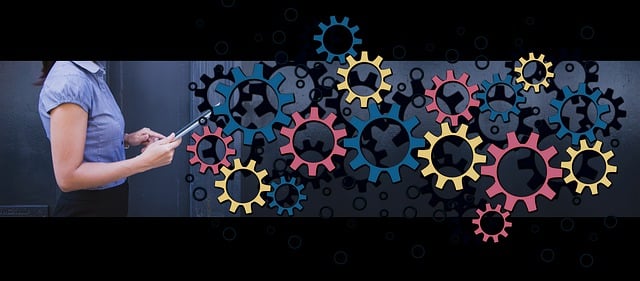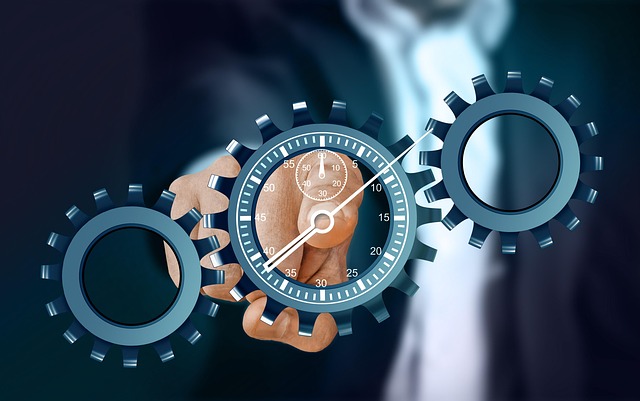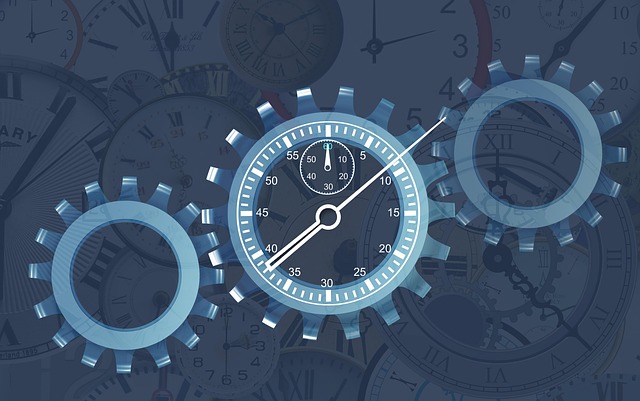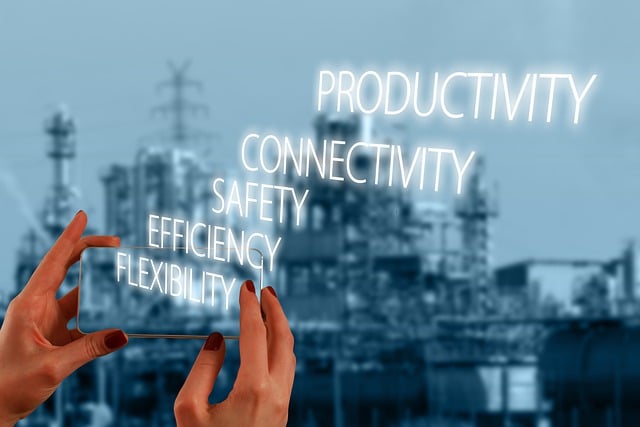The Employee-Driven Improvement Model (EDIM), powered by lean management principles like 5S training, promotes a collaborative culture of continuous enhancement. This structured approach teaches employees to sort, organize, clean, standardize, and sustain, leading to improved workplace organization and process efficiency. By adopting 5S practices, businesses can achieve process standardization, empower staff ownership, reduce errors, and enhance overall productivity in competitive markets.
In today’s competitive business landscape, employee-driven improvement models are transforming organizations. This collaborative approach empowers staff to identify inefficiencies and implement solutions, fostering a culture of continuous learning and engagement.
This article explores key strategies for successful implementation, including the role of 5S training in enhancing workplace organization and efficiency, applying Lean management principles for streamlined processes, and the lasting benefits of process standardization.
- Understanding the Employee-Driven Improvement Model: A Collaborative Approach
- The Role of 5S Training in Fostering Workplace Organization and Efficiency
- Lean Management Principles: Streamlining Processes for Continuous Improvement
- Implementing Process Standardization for Long-Lasting Benefits
- Cultivating a Culture of Continuous Learning and Engagement
Understanding the Employee-Driven Improvement Model: A Collaborative Approach

The Employee-Driven Improvement Model (EDIM) is a collaborative approach that empowers employees to actively participate in workplace optimization and continuous enhancement. This model shifts the focus from top-down management to a more inclusive, bottom-up strategy, where every team member contributes their unique insights and expertise. By encouraging open communication and fostering a culture of collaboration, EDIM leverages the collective intelligence of the workforce to drive meaningful changes.
At the core of this approach lies 5S training, a powerful tool derived from lean management principles. This method involves sorting, setting in order, shining (cleaning), standardizing, and sustaining. By implementing 5S continuous improvement practices, organizations can achieve optimal workplace organization and process standardization. It transforms the work environment into a more efficient, safe, and visually appealing space while empowering employees to take ownership of their processes, identify inefficiencies, and propose innovative solutions, ultimately contributing to overall organizational success.
The Role of 5S Training in Fostering Workplace Organization and Efficiency

In today’s competitive business landscape, effective workplace organization and efficiency are paramount to staying ahead. Lean management principles, such as 5S training, play a pivotal role in achieving this. 5S is a systematic approach that focuses on sorting, setting in order, shining (cleaning), standardizing, and sustaining. By implementing 5S continuous improvement, organizations can transform their workspaces into streamlined processes with minimal waste. This involves process standardization, ensuring every employee follows the same efficient procedures.
The training equips workers with the knowledge to identify unnecessary items, organize tools and equipment, and maintain a clean, safe environment. This fosters a culture of ownership where employees take pride in their workspace and actively contribute to efficiency. A well-organized workplace reduces time wasted on searching for tools or resolving issues caused by disarray, allowing teams to focus on high-value tasks and enhancing overall productivity.
Lean Management Principles: Streamlining Processes for Continuous Improvement

In the realm of employee-driven improvement models, Lean Management Principles serve as a potent tool for enhancing workplace efficiency and productivity. At its core, lean management advocates for the elimination of waste within processes, fostering an environment conducive to continuous improvement. One of the foundational practices in this philosophy is 5S training—a systematic approach that emphasizes sorting, setting in order, shining (cleaning), standardizing, and sustaining. This methodology not only enhances workplace organization but also paves the way for streamlined processes.
By implementing 5S continuous improvement strategies, organizations can achieve process standardization, ensuring that tasks are executed consistently and efficiently. This disciplined approach encourages employees to identify and address inefficiencies, ultimately contributing to a more organized, productive, and responsive work environment. In today’s competitive business landscape, embracing lean management principles empowers teams to take ownership of their processes, driving organic growth and sustained success.
Implementing Process Standardization for Long-Lasting Benefits

Implementing process standardization is a key aspect of an employee-driven improvement model, aiming to bring long-lasting benefits to any organization. By integrating lean management principles and 5S training into daily practices, workplaces can achieve exceptional levels of efficiency and productivity. This involves teaching employees to identify and eliminate waste in their work processes, promoting a culture of continuous improvement. The 5S methodology—Sort, Set in Order, Shine, Standardize, Sustain—provides a structured framework for workplace organization, ensuring that improvements are not just temporary fixes but become integral parts of the business’s DNA.
Regular 5S continuous improvement initiatives empower employees to take ownership of their work environments and processes, fostering a sense of pride and responsibility. This approach not only enhances overall productivity but also creates a safer, more organized, and motivated workforce. By standardizing processes, teams can streamline operations, reduce errors, and create a seamless flow of work, ultimately contributing to the organization’s success in an increasingly competitive market.
Cultivating a Culture of Continuous Learning and Engagement

In today’s competitive business landscape, fostering a culture of continuous learning and engagement is essential for any organization aiming to stay ahead. Implementing 5S training—a core principle of lean management—is a powerful way to achieve this. By focusing on sorting, setting in order, shining (cleanliness), standardizing processes, and sustaining these practices, organizations create an environment conducive to both efficiency and innovation. This culture encourages employees at all levels to actively participate in identifying inefficiencies and implementing solutions, fostering a sense of ownership and pride in their work.
Regular 5S continuous improvement initiatives ensure that workplace organization becomes second nature. They promote a mindset shift from simply meeting minimum requirements to constantly striving for excellence. As processes are standardized, teams gain a deeper understanding of their roles within the larger workflow, leading to increased engagement and productivity. This approach not only drives operational improvements but also empowers employees to contribute meaningfully to the organization’s overall success.
